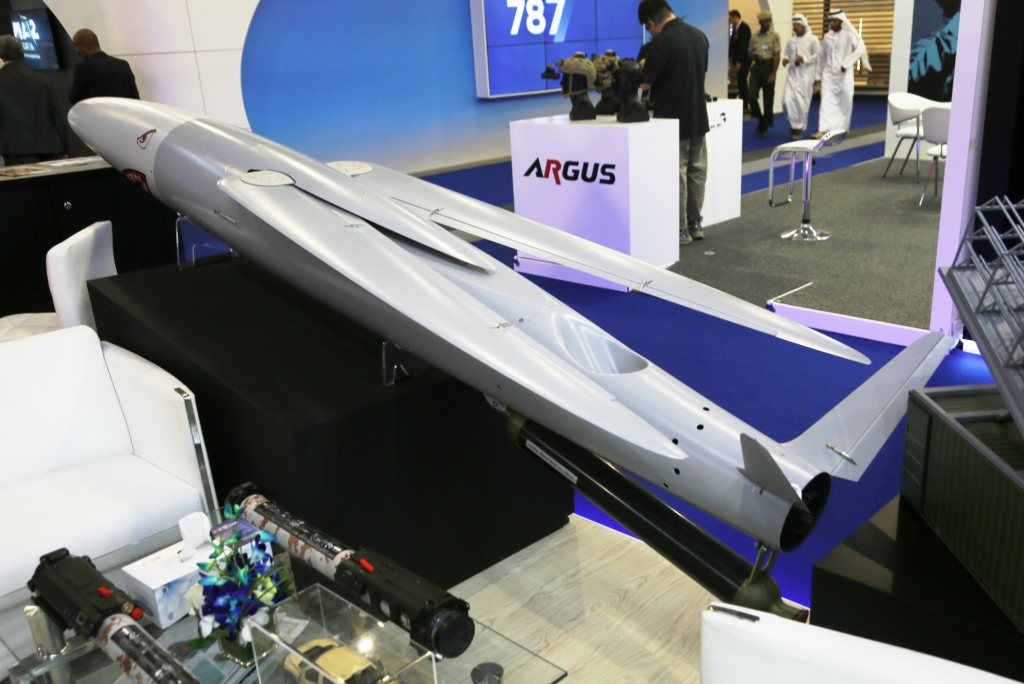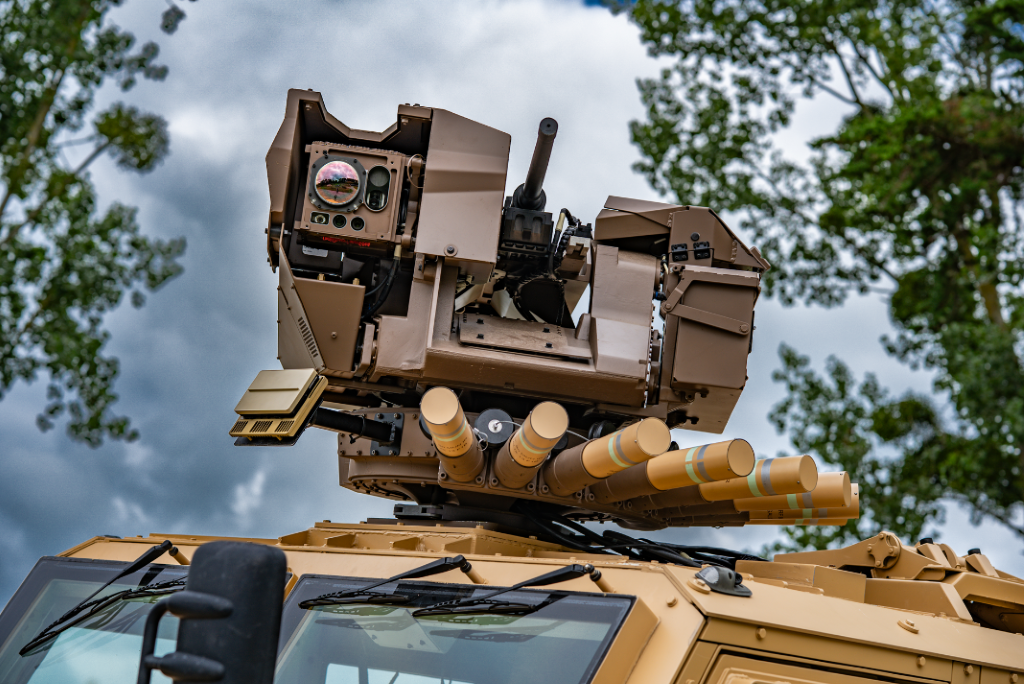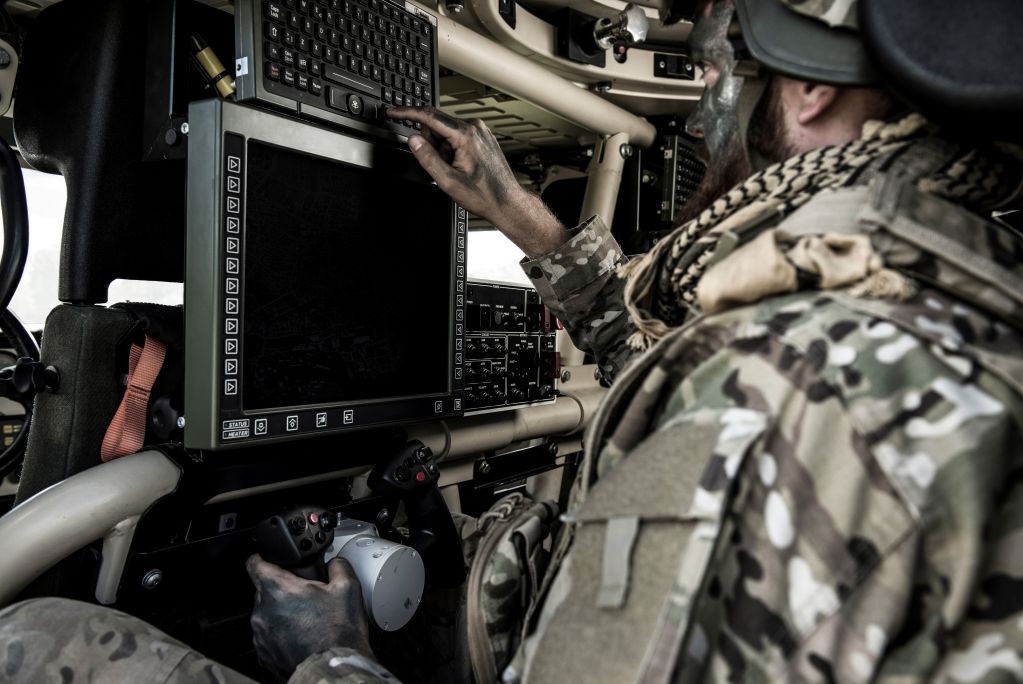Advancements in Laser Technology: The UK Royal Navy Adopts the DragonFire System
Strategic Investment in Directed Energy Weapons
In a significant development for the UK’s defense capabilities, MBDA UK has secured a contract to deliver the DragonFire laser system to the Royal Navy. Valued at £316 million ($414 million), this initiative marks a notable step forward in the integration of directed energy weapons into naval operations, with plans for deployment on a Type 45 destroyer by 2027.
Operational Capabilities and Testing Successes
The DragonFire system recently demonstrated its prowess by successfully neutralizing a high-speed drone at the Hebrides testing range in Scotland. This operational success positions DragonFire as the inaugural high-power laser system to enter service with a European military, highlighting an important advancement in counter-drone technologies.
Key performance indicators of the DragonFire laser include:
- Cost Efficiency: Each use costs approximately £10, a stark contrast to missile-based air defense systems, which can exceed £100,000 per intercept.
- Precision: Capable of accurately targeting a small object, such as a £1 coin, from a distance of one kilometer.
- Speed: The recent tests confirmed the system’s effectiveness against drones capable of speeds up to 650 kilometers per hour.
Implications for Modern Warfare
As the prevalence of low-cost drones proliferates across contemporary battlefields, there is a critical need for cost-effective countermeasures. The DragonFire laser’s introduction addresses this challenge, enhancing the UK’s naval capabilities in a rapidly evolving threat landscape.
Minister for Defence Readiness and Industry, Luke Pollard, emphasized the strategic importance of this system: “This high-power laser will see our Royal Navy at the leading edge of innovation in NATO, delivering a cutting-edge capability to help defend the U.K. and our allies in this new era of threat.”
Collaborations and Job Creation
The DragonFire project is a collaborative effort between MBDA UK, QinetiQ, and Leonardo, with expectations to deliver operational capabilities nearly five years ahead of schedule. This initiative is projected to generate and sustain approximately 590 jobs throughout the UK, reaffirming the nation’s commitment to advancing its defense industry.
Future Prospects in Directed Energy Weapons
The UK’s Strategic Defence Review has endorsed further investments in directed energy technologies, allocating nearly £1 billion for the current parliamentary term. As the Royal Navy prepares for the integration of DragonFire, it represents a broader trend in military modernization, with laser systems increasingly viewed as integral components of multi-layered air defense architectures.
MBDA, already known for its extensive missile portfolio, is also deeply engaged in laser projects across its partner nations, including recent endeavors in Germany and Italy.
Conclusion
The deployment of the DragonFire system is not merely an enhancement of the Royal Navy’s arsenal; it embodies a paradigm shift in how military forces are adapting to contemporary warfare challenges. By leveraging advanced laser technologies, the UK stands poised to enhance its defensive capabilities while positioning itself at the forefront of defense innovation within NATO.





